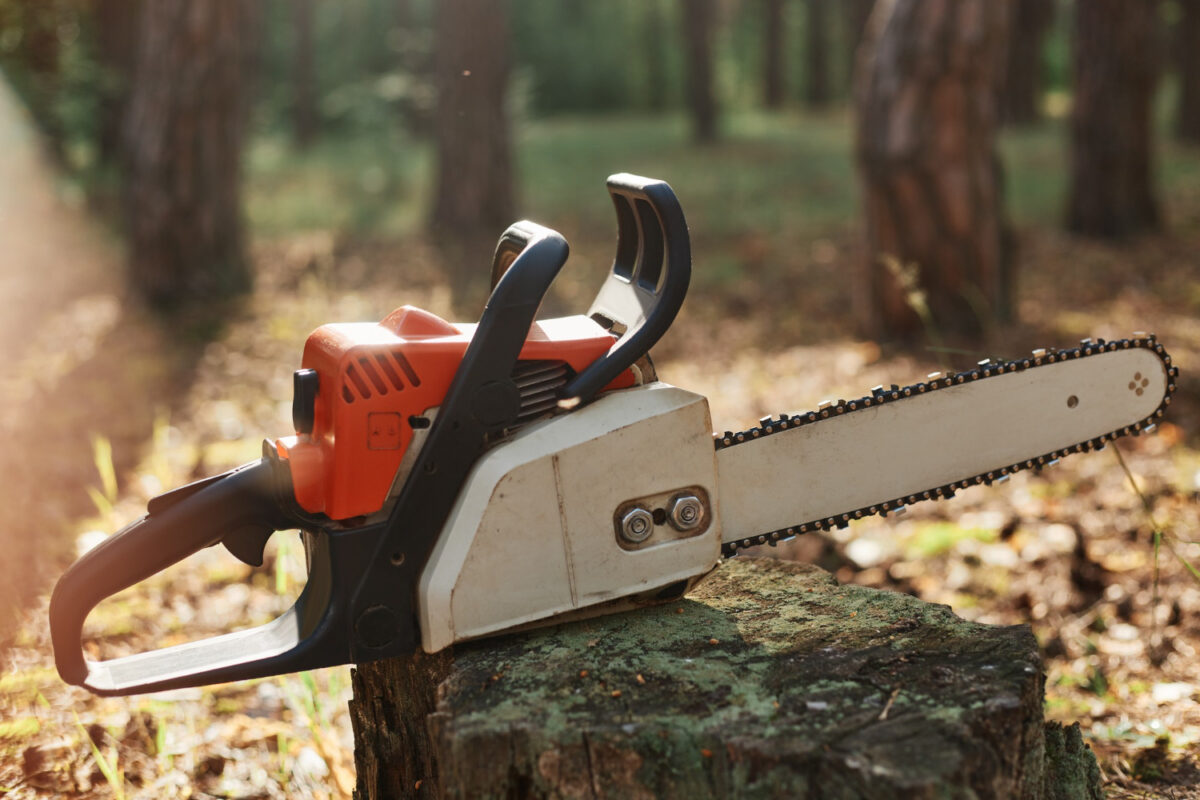Eco-Friendly Tools
Comparing Gas Tool Performance: What You Need to Know
When it comes to selecting the right tools for your projects, understanding the performance of gas-powered tools is crucial. Gas tools offer distinct advantages, providing unparalleled power and efficiency for a variety of tasks. To make the most of these benefits, it’s important to know what sets different gas tools apart.
Understanding Gas Tool Engine Types
Understanding the different types of engines used in gas tools is crucial. Two main types of engines power these tools: two-stroke and four-stroke engines. Each has its own set of advantages and specific use cases.
Two-stroke engines are lighter and smaller, making them ideal for handheld tools like chainsaws and blowers. They operate by completing their power cycle in just two strokes of the piston, which generally allows for a higher power-to-weight ratio. This is beneficial when we need a powerful tool that is easy to handle and manoeuvre.
On the other hand, four-stroke engines are larger and heavier but offer more torque and run more smoothly. They complete a power cycle in four strokes, making them more fuel-efficient and quieter. These engines are typically found in lawn mowers and larger garden equipment. They are better suited for tasks that require sustained power over longer periods.
Knowing the differences between these engine types allows us to choose the best tool for our needs. Whether we’re looking for a two-stroke engine’s lightweight power or a four-stroke engine’s efficiency and torque, understanding these distinctions helps us make informed decisions.
Performance Metrics: Power Output and Efficiency
When comparing gas tools, power output and efficiency are essential metrics. Power output is measured in horsepower (HP) or kilowatts (kW) and indicates the tool’s capability to perform heavy-duty tasks. The higher the power output, the more demanding tasks the tool can handle.
Efficiency, on the other hand, is about how well the tool uses fuel to produce power. A more efficient tool will consume less fuel for the same amount of work, lowering running costs and reducing the environmental impact. This is particularly important for those of us who use gas tools regularly and want to minimise both expenses and our carbon footprint.
To understand these metrics better, let’s consider two examples:
1. A chainsaw with 3 HP is ideal for cutting large trees and branches, providing the raw power needed for tough jobs.
2. A lawn mower with a 4-stroke engine running at 6 kW can maintain a large garden more efficiently, using less fuel for the same area coverage.
Monitoring these performance metrics helps us choose tools that offer both power and efficiency. By selecting tools that balance these attributes well, we can ensure our tasks are completed effectively and economically.
Real-World Applications and Effectiveness
Gas-powered tools excel in real-world applications due to their versatility and strength. They are particularly effective in settings where consistent power and long run times are essential. Their robust engines make them ideal for tasks requiring sustained effort and power.
For instance, in forestry and landscaping, gas-powered chainsaws and trimmers are invaluable. They handle dense wood and thick brush effortlessly, unlike their electric counterparts which may struggle under such conditions. The ability to work without being tethered to a power source makes these tools perfect for remote locations.
In construction, gas-powered concrete saws and generators are crucial. Concrete saws provide the strength required to cut through tough materials like concrete and asphalt. Generators, on the other hand, ensure a steady power supply for various tools on sites lacking electrical infrastructure. This ensures that work continues smoothly without interruptions.
Maintenance and Longevity Factors
Maintaining gas tools is key to their long-term performance and reliability. Regular upkeep can extend the lifespan of these tools significantly, ensuring they remain effective for years. Understanding basic maintenance tasks helps keep our tools in optimal condition.
Firstly, regular oil changes are vital. Like vehicles, gas tools require clean oil to operate smoothly. Checking and replacing the oil reduces wear and tear on the engine, enhancing its longevity. Additionally, air filters should be cleaned or replaced periodically to ensure the engine receives clean air.
Secondly, inspecting and replacing spark plugs is important. Worn-out spark plugs can cause starting issues and reduce performance. Keeping them in good condition ensures that our tools start easily and run efficiently. Also, checking fuel lines and replacing them if necessary prevents leaks and fuel inefficiency.
Finally, proper storage of gas tools contributes to their longevity. Storing them in a dry, sheltered place protects them from moisture and harsh weather conditions, which can cause rust and other damage. Draining fuel before long-term storage prevents carburettor issues, ensuring the tool is ready to use when needed.
Which Gas Tool is Right for You?
Gas-powered tools offer unparalleled performance, making them an excellent choice for a wide range of tasks. From understanding the types of engines to evaluating performance metrics and real-world applications, these tools demonstrate their strength and versatility. Proper maintenance further enhances their longevity, ensuring they remain reliable and efficient over time.
Incorporating gas tools into our projects allows us to tackle demanding tasks with ease and confidence. Their power, efficiency, and durability make them indispensable assets, whether for professional use or home improvements. By choosing the right tools and maintaining them well, we maximise their potential and our investment.
Explore the extensive range of high-quality gas tools, like our gas burner cylinders, at Bernzomatic. Discover tools that offer exceptional performance and reliability!


